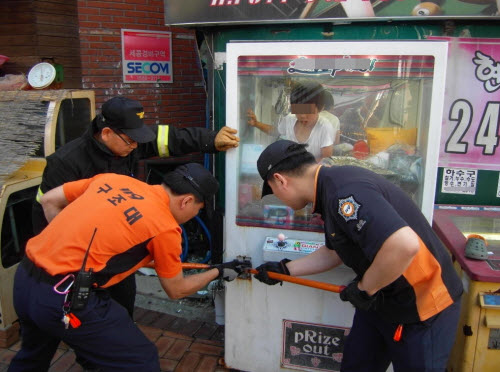The continued success of Korean pop music, or K-pop, can be attributed to a strategy known as “culture technology,” according to a recent article in the Harvard Business Review.
[ad#graphic-square]
Culture technology, or CT, is a concept developed by Lee Soo Man, founder of talent agency titan SM Entertainment in which Korean pop culture is “seeded” in foreign markets to expand its global appeal.
These talent agencies resemble the old Hollywood studios in terms of their size, organization, contractual relationship with their stars, and control of their private lives. Each have hundreds of young talents who are trained as quadruple threats: they can sing, dance, act, and speak foreign languages. But where the older CT model relied on local artists like Rain and BoA, the updated model tries to embed more and more foreign singers from strategic markets into larger girl or boy bands. These imported singers are then used to promote their acts back in their respective home countries.
And this goes a step further. Girls’ Generation and its male version, Super Junior (which contains 11 singers), are sometimes broken into subunits with each specializing in different aspects of entertainment whether it is singing, dancing, rapping, or language. In effect, they become like a “Transformer” that can be configured and then reconfigured into different cultural versions. For instance, Super Junior M (“M” for Mandarin) is a subunit that was developed specifically for the large Chinese market.
The Harvard Business Review article was co-written by Dae Ryun Chang, a professor at the Yonsei School of Business and Kyongon Choi, former chief executive of Evergreen Contents, a media consulting firm.
Chung and Choi contend that the CT model can be used to enhance a lesser-known company’s foreign presence using a cultural platform that can be tweaked for a specific country.
“From products to pop stars, CT can provide great ways to get a global audience, right from the start.”
[ad#336]








